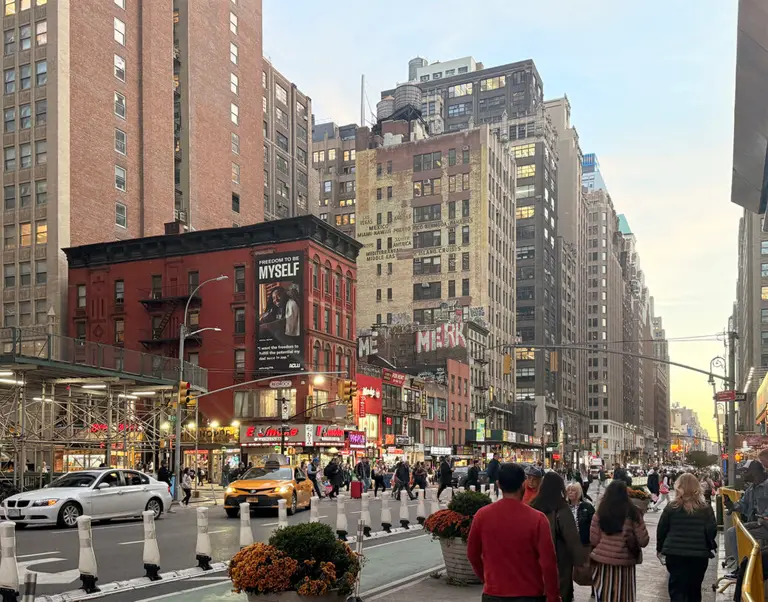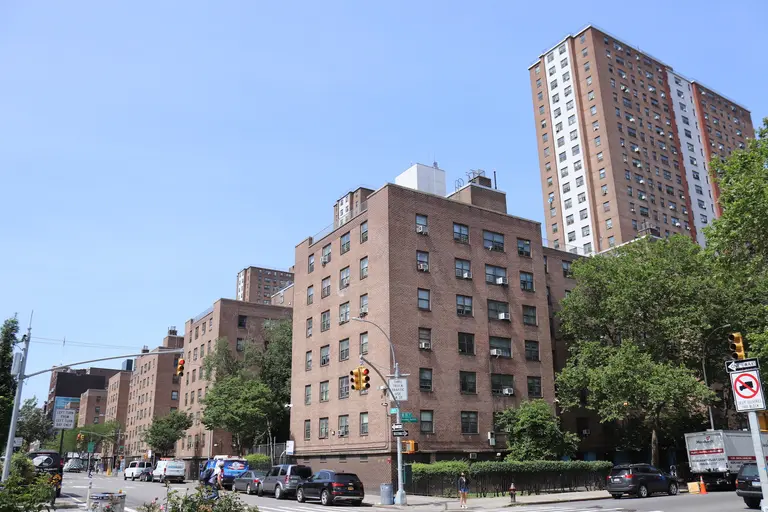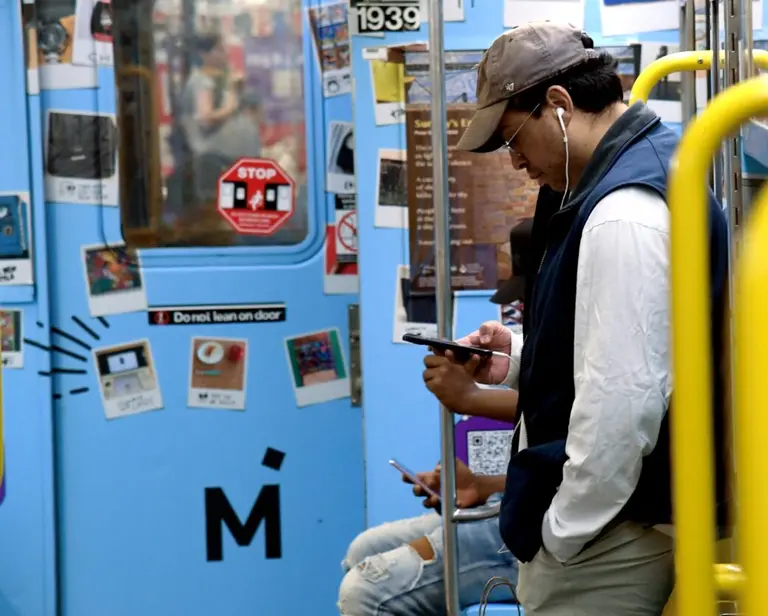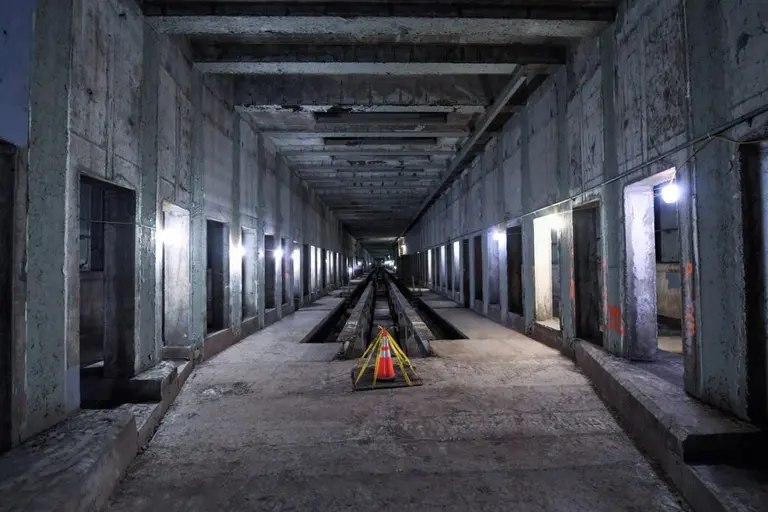Only known surviving ‘colored’ school in Manhattan may become a New York City landmark
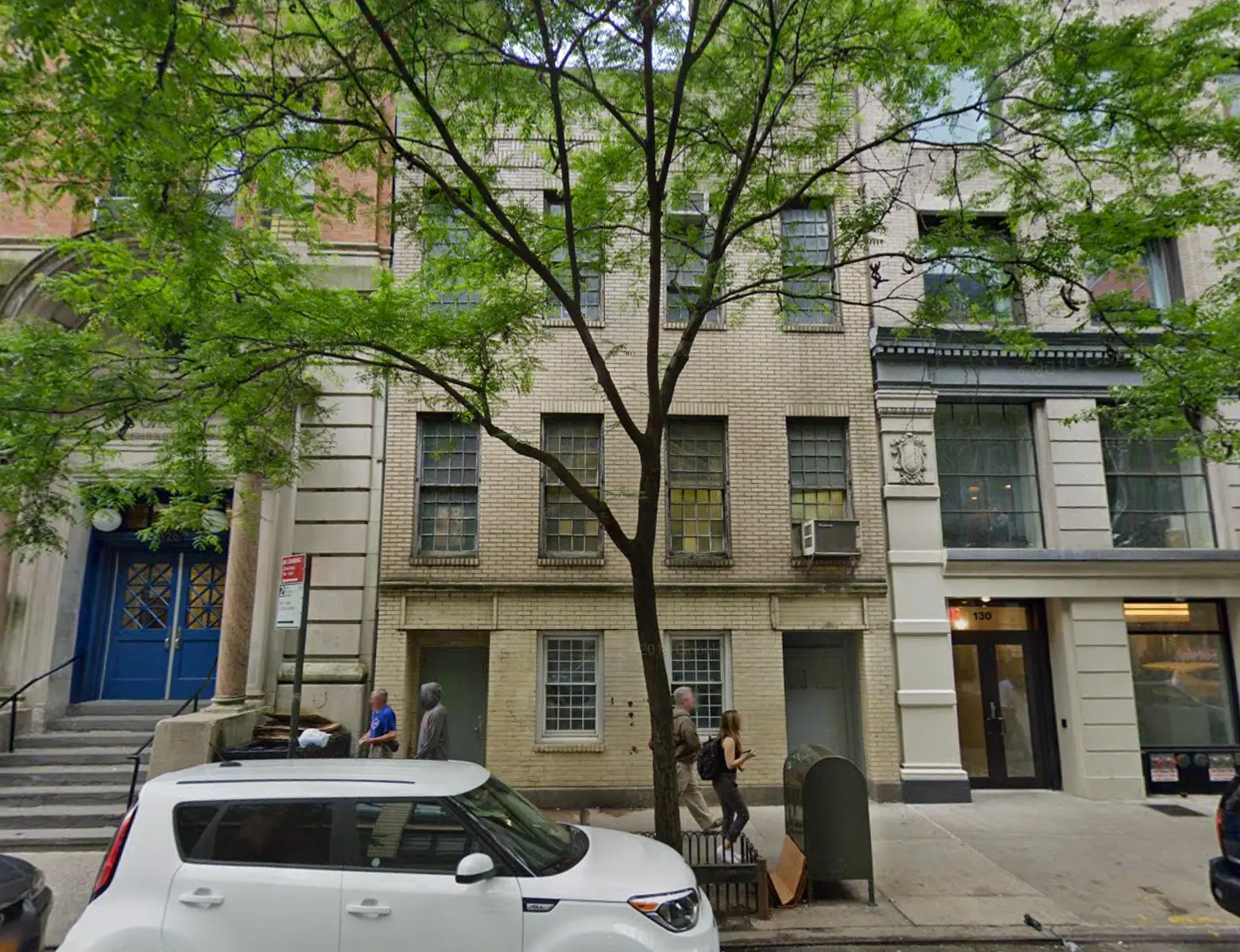
128 West 17th Street © 2023 Google
The only known surviving school building that exclusively served African Americans in Manhattan may soon become a New York City landmark. The Landmarks Preservation Commission on Tuesday voted to calendar the former Colored School No. 4 in Chelsea, a public school open to only Black students and staff from 1860 to 1894. Located at 128 West 17th Street, the nearly 175-year-old building is associated with a number of significant figures from the Civil War through the Post-Reconstruction era.
Colored School No. 4 came out of the African Free School, which was founded by the New York Manumission Society in 1787 to educate the children of slaves and free people of color. The schools eventually became a part of the city’s public school system in 1834.
Built from 1849 to 1850 by the NYC Public School Society, the three-story school building was used exclusively by Black students and teachers for 34 years. It also served as an evening school for Black adults.
The school was modeled after the Model Primary School House plan, and features a 25-foot-wide four-bay facade, large multi-pane windows, and two separate entrances on the ground floor, one for boys and one for girls, according to the commission
One of the notable figures associated with the school is Sarah J. S. (Tompkins) Garnet, a suffragist who was part of a well-known family of merchants and farmers, and later became the principal of the school, making her one of the first African American principals in the city’s school system.
During the Draft Riots of 1863, the school was attacked by a mob of working-class white people who were outraged by the first federal draft. Garnet helped lead the school’s staff to barricade the entrances, and after a couple of failed attempts to gain entry, the mob gave up and moved their attack elsewhere. Garnet then proceeded to escort many of the students back to their homes safely.
“The history of New York City’s free education includes the story of the institutional segregation of African American students in the 19th century,” Marianne Hurley, a preservationist with the LPC, said during Tuesday’s meeting.
“Within that history, the (Former) Colored School No.4 illustrates not only what a small New York public school looked like before the Civil War, but also the story of prominent teachers and graduates within the African American community.”
Other significant figures connected to the school’s history include Walter F. Craig, a renowned classical violinist and composer, William Appo, a highly-regarded Black musician and composer, and Joan Imogen Howard, the only Black manager at the 1893 World’s Fair in Chicago who was later sent to the 1900 Paris Exposition after winning The Evening Telegram’s great teachers competition, according to the New York Times. Susan Elizabeth Frazier, the city’s first African American teacher assigned to an integrated public school, also graduated from the school.
The school became Grammar School No. 81 in 1884 when the Board of Education stopped using the term “Colored” in official names of school buildings. However, it continued to serve solely African American students until 1894, when the city closed segregated schools.
The city’s Department of Sanitation has owned the building since the 1930s but has not used it for the last decade. According to the New York Times, the now-vacant building is currently deteriorating and requires repairs.
Historian Eric K. Washington has led an effort to landmark the building since 2018 to both recognize the significance and history of the site and protect it from possible demolition.
“There are woefully too few places you can cite that represent the African American experience in New York, which goes back to its history in New Amsterdam,” Washington told the Times in an interview last year. “It’s as old as New York, and there are very few surviving buildings that represent that experience, and those that do exist we lose so rapidly to development.”
Except for a few minor alterations to the structure, the historic schoolhouse retains its pre-Civil War design. “The building retains a majority of the character-defining features that reflect its period of significance in the 19th century,” according to the LPC.
The agency will host a public hearing on the proposed landmark in the coming weeks, and eventually hold a vote.
RELATED:
